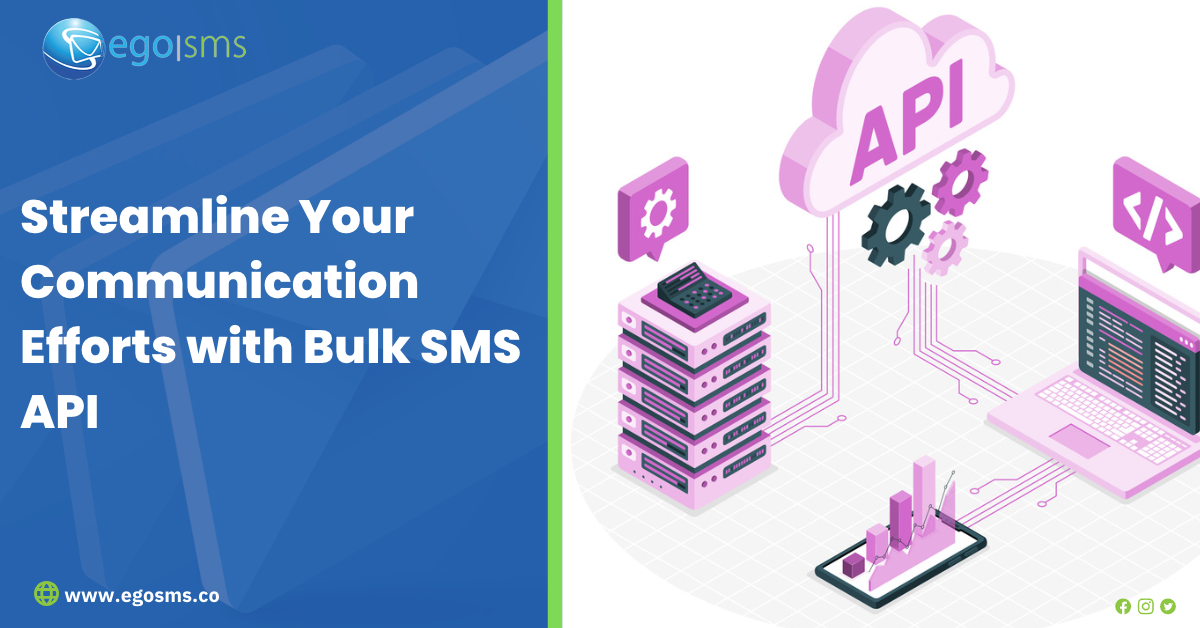
API integration refers to the process of connecting different software systems or applications by utilizing an Application Programming Interface (API). In the context of a school, for example, API integration involves linking various systems used within the educational institution, such as student management software, Finance and procurement, learning management systems, or communication tools.
Here’s an example of API integration in a school:
Let’s say the school has a student management software system that handles student information, such as enrollment details, attendance records, and grades. To streamline communication and enhance efficiency, the school decides to integrate the student management software with a communication tool like SMS using an API.
- API Selection: The school identifies an SMS provider that offers an API for integration. They ensure that the API meets their requirements in terms of features, security, and scalability.
- API Integration: The school’s development team works on integrating the API provided by the SMS provider into the student management software. They establish a connection between the two systems by utilizing the API’s endpoints, and authentication mechanisms.
- Communication Automation: With the integration in place, the school can automate communication processes. For instance:
- Attendance Notifications: When a student is marked absent in the student management software, an automated API request is triggered to the communication tool, which then sends an SMS notification to the student’s parent or guardian.
- Grade Updates: When teachers enter grades into the student management software, an API request can be made to the communication tool to send automated SMS notifications to parents, informing them about their child’s academic performance.
- Event Reminders: The school can set up automatic event reminders through the integration, ensuring that parents receive SMS notifications about upcoming parent-teacher meetings, extracurricular activities, or school events.
- Real-Time Data Sync: The API integration enables real-time synchronization of data between the student management software and the SMS software. This ensures that any changes or updates made in the student management software, such as contact details or enrollment status, are reflected accurately in the SMS platform.
- Enhanced Efficiency: API integration streamlines communication processes within the school by eliminating the need for manual data entry or duplicate efforts. It reduces the chances of errors, saves time, and ensures consistent and timely communication with parents, students, and staff members.
- Scalability and Customization: Depending on the capabilities of the API and the SMS platform, the school can scale its communication efforts as needed. They can customize messages, target specific groups (e.g., grade levels or courses), and personalize communication based on individual student data.
API integration in a school environment allows for seamless data exchange and automation of communication processes. It enhances collaboration among various systems, improves efficiency, and ultimately helps create a more connected and informed school community.
Streamlining with other businesses and organisations.
Streamlining communication efforts with a Bulk SMS API can be a powerful tool for businesses and organizations. By leveraging an API (Application Programming Interface) for sending bulk SMS messages, you can automate and scale your messaging efforts, saving time and effort. Here’s how you can streamline your communication using a Bulk SMS API:
- Integrate the Bulk SMS API: You’ll need to integrate SMS provider Bulk SMS API into your existing systems or applications. This typically involves making HTTP requests to the provider’s API endpoints using the appropriate methods and passing the necessary parameters such as API keys, recipient numbers, and message content.
- Manage Contacts and Opt-Ins: Maintain a well-organized contact list or database of your recipients. Ensure that you comply with relevant regulations, such as obtaining consent for sending SMS messages and providing an opt-out mechanism for recipients who no longer wish to receive messages.
- Personalize Messages: Make your SMS messages more engaging and relevant by personalizing them. Use merge tags or variables to dynamically insert recipient-specific information, such as their name or recent purchase details, into the message content.
- Use Segmentation and Targeting: Segment your contact list based on various criteria, such as demographics, purchase history, or engagement level. By targeting specific segments with tailored messages, you can increase the effectiveness of your communication efforts and improve customer satisfaction.
- Automate Message Sending: Set up automated triggers or schedules for sending SMS messages. For example, you could automatically send a welcome message to new customers, transactional notifications, or reminders for upcoming appointments or events.
- Monitor Delivery and Analytics: Keep track of the delivery status of your SMS messages. Many Bulk SMS providers offer delivery reports that provide information on message delivery, failures, and responses. Utilize these reports to monitor the success of your campaigns, identify any issues, and optimize your communication strategy.
- Maintain Compliance: Ensure compliance with relevant laws and regulations governing SMS communications, such as obtaining consent, providing clear opt-out options, and adhering to anti-spam guidelines.
- Optimize and Iterate: Continuously analyze the performance of your SMS campaigns and iterate based on the insights gained. Experiment with different messaging strategies, timing, and content to improve open rates, click-through rates, and overall customer engagement.
By utilizing a Bulk SMS API, you can automate and scale your SMS messaging efforts, allowing you to reach a larger audience efficiently. However, it’s essential to balance the benefits of bulk messaging with the need to maintain personalized and relevant communication with your recipients. To begin using SMS API integration with your business or organisation, Sign up with EgoSMS here.

